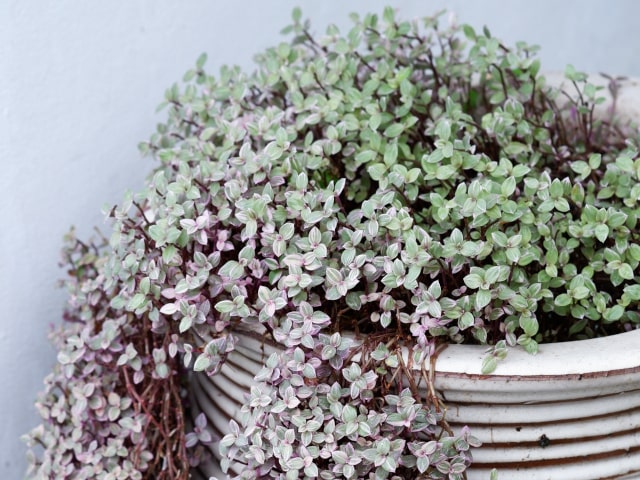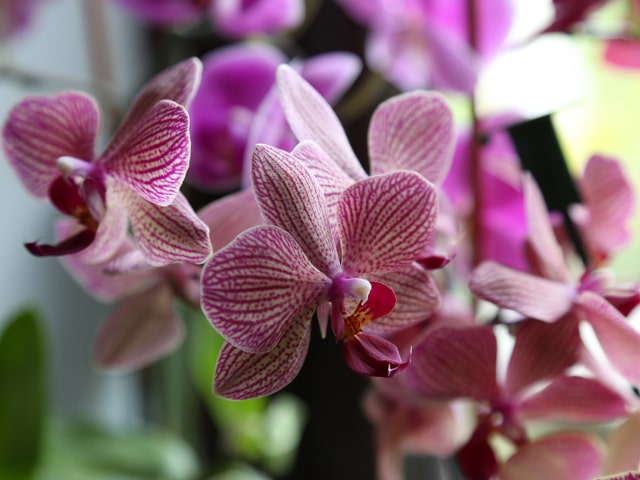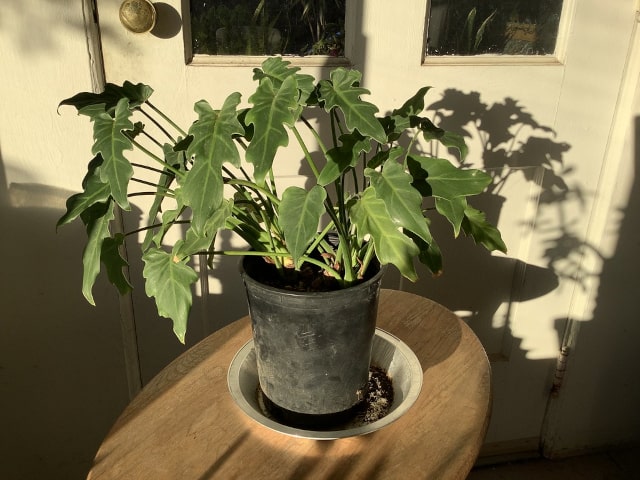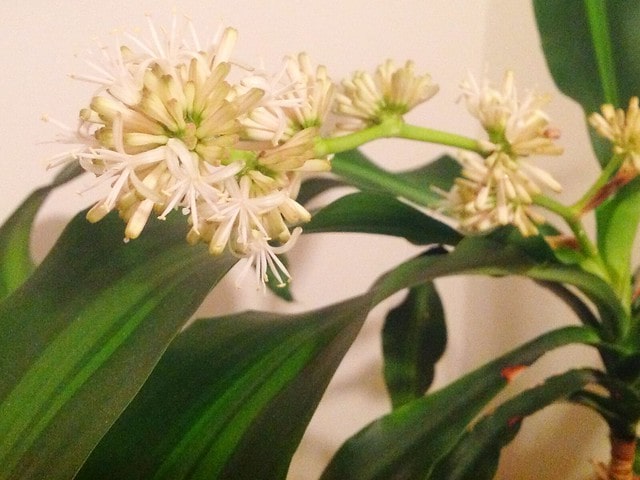
Callisia Repens, also known as a Turtle Vine, is a beautiful houseplant that requires moderate care. Some gardeners even list it as an easy to care plant, so you should not have much issue making it thrive in your home.
It is estimated that there are over 19 species o Callisia that trace their origin across the Americas. These plants were first described in the 19th century, and they remained popular houseplants every since. Callisia Repens is famous for its gorgeous foliage, and this is the main reason why people choose to grow Turtle Vine in their homes. Depending on the variety, your Callisia Repens may produce flowers, but there are varieties that do not bloom indoors.
Turtle Vine can grow up to 9 feet in height if it is provided with enough space. However, it takes some time for it to get there. You can expect your Callisia Repens to reach its height in about three to six years. These plants are generally known as fast growers, so keep this in mind when it comes to choosing the best space for it.
In general, varieties that do bloom indoors are not difficult to make bloom every year. All you need to provide is an adequate dormancy period during the winter. It means providing your Turtle Vine with some time with cooler nights, around 59 to 60 degrees F. You will also need to fertilize less and to have soil be a bit drier than in other months. This regime should make your Turtle Vine flower without much problem.
Finally, keep in mind that Turtle Vine is classified as poisonous, so your pets may experience vomiting, nausea and loss of appetite if they ingest any part of the plant.
Callisia Repens Light Requirements
Turtle vine generally thrives under bright but indirect light. Keep in mind that you need to choose a good location that is well-lit but without direct sun. Avoid sunny locations, particularly places where your Callisia Repens can get exposed to strong sun for prolonged periods. It will damage the leaves and even stunt the growth of your plant.
On the other hand, you should not place it in an area with low light. You can use such a spot only when it's absolutely necessary, and for shorter periods of time. This plant can live in shady areas, but it can lead to soil that is too moist for its liking, which can easily weaken the plant. It will also risk developing soil mould or root rot.
Also, keep in mind that a variegated type of Callisia Repens will lose the markings on the leaves and turn back into a full green appearance if there is not enough light.
Watering Callisia Repens
One thing to remember about your Turtle Vine is that it loves soil that is somewhat moist. You can check whether it's time to water again by touching the soil or by lifting the pot. If the pot feels to light, it is time to water your Callisia Repens again.
When watering, it is best to do it using the bottom-up method. You can water from the top if the plant is in a bright enough area, but a bottom-up approach is much safer. Simply place the plant's pot in a saucer of water and submerge it to about 20%. Wait until you notice that the soil is evenly moist. After this, remove the saucer.
You should be careful not to under-water your Turtle Vine. You will know that you are not watering enough if you notice crispy and curling leaves or a grey and washed-out appearance of your Callisia Repens. Leaves that are yellowing or a stunted growth are other signs of underwatering. It is particularly dangerous when coupled with too much heat and light around your plant.
On the other hand, over-watering is also an issue. You will notice it by the yellowing of the lower leaves, or by rotting stem and leaves. To avoid this, never allow your Turtle Vine to sit in soggy soil, and never place it in a dark location for long periods of time. Being waterlogged can cause the root rot, which can kill your plant quickly.
Other Care Requirements
In addition to light and water, there are some additional care requirements that you need to provide to your Callisia Repens:
Humidity should be average. It will do well in the usual humidity levels found in most homes, so this is not something you need to worry about. However, make sure to observe your plant carefully. If you notice the tips of the leaves beginning to brown, it might be a sign of too low humidity. To fix this problem, make sure to mist the foliage gently every week. Alternatively, you may use a humidity tray to increase humidity levels around your Turtle Vine.
When it comes to fertilizing, you will need to feed your Callisia Repens every fourth watering during the growing season. In the fall and winter, fertilize less often, once per six waterings. It is best to use a houseplant fertilizer, and make sure that it's not too strong. A too strong fertilizer can easily burn the plant's roots and make leaves yellow.
Photo credit: Vee Satayamas




0 Comments